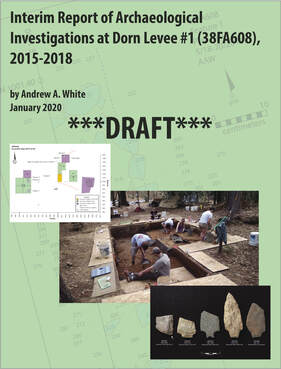
If you've followed what's been going on at the site through my blog and the videos, you'll find much of what's in the report to be familiar. There are things you haven't seen, also: descriptions of each feature, for example, images of all the projectile points recovered so far, and some images of the prehistoric pottery. I also report the four radiocarbon dates that have been obtained so far and the single OSL date.
What you won't find in this report is analysis. The report is written, rather, to present and organize information about the excavation work at the site so that analysis of the materials and deposits can be undertaken. Those analyses are what's next.
This is a draft report, meaning that the information in it is subject to change. I have been through the contents several times, but there are certainly still errors and omissions. I will make supporting documents (including raw data) available in the "Documents" section of the Broad River Archaeological Field School website as I have time.
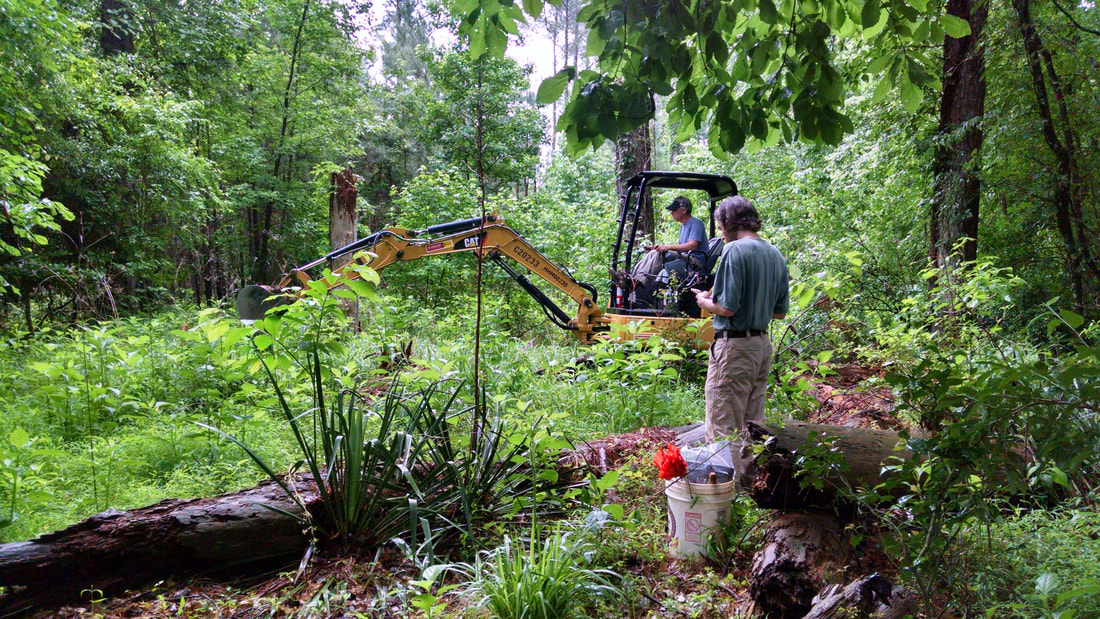
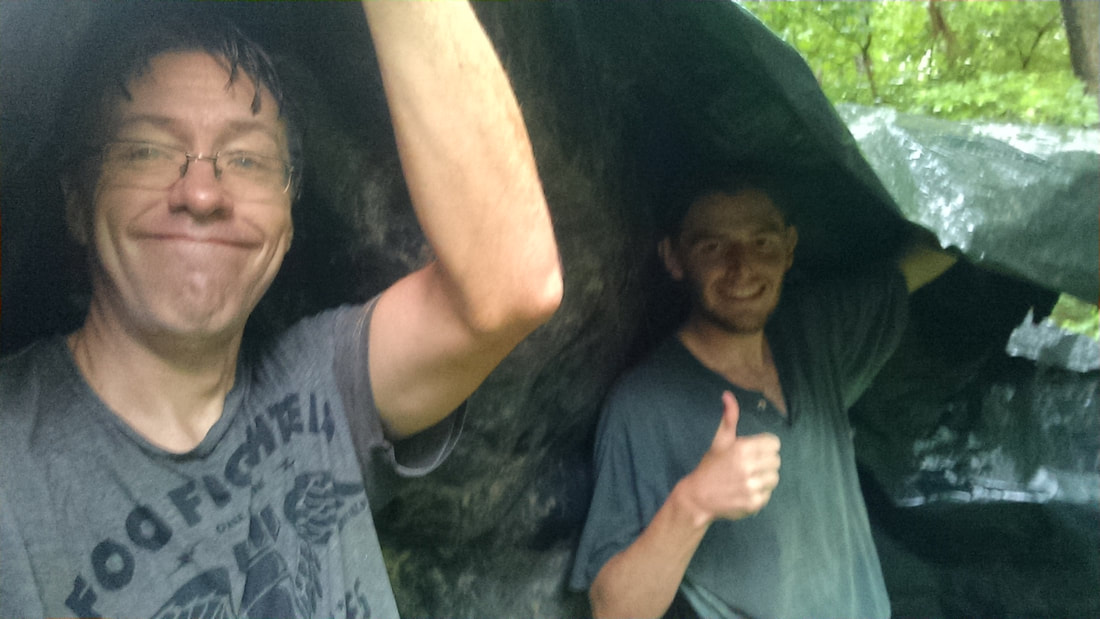
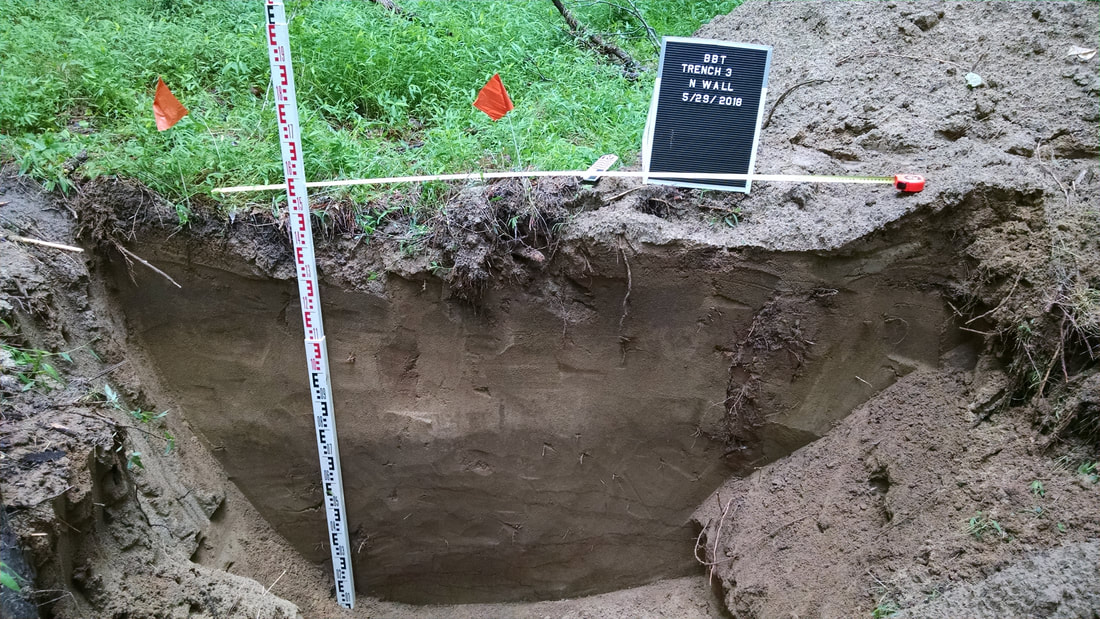
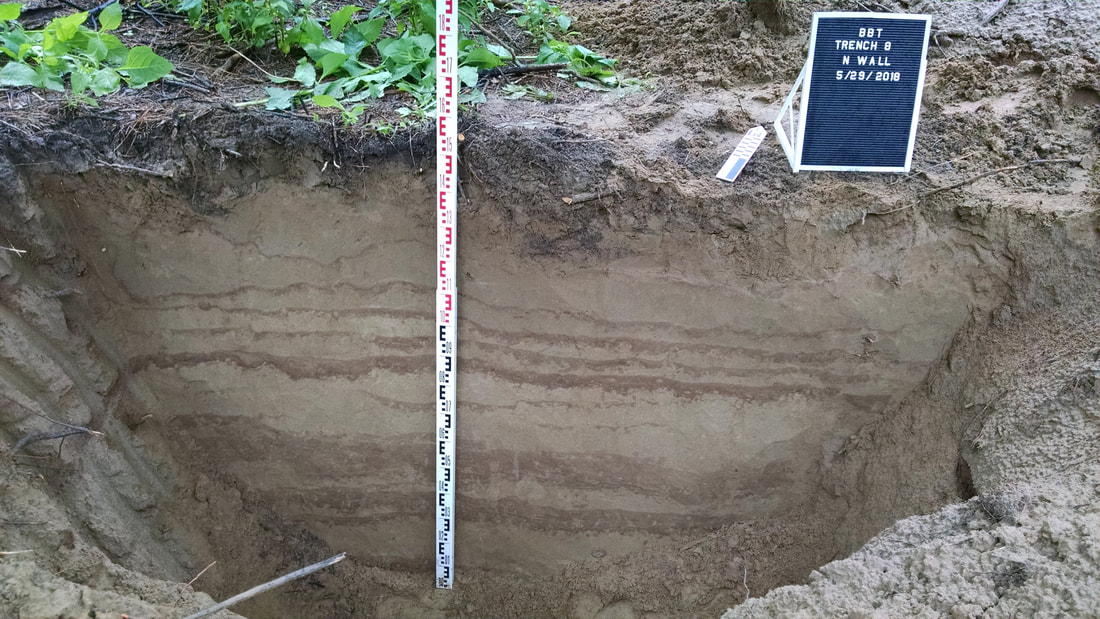
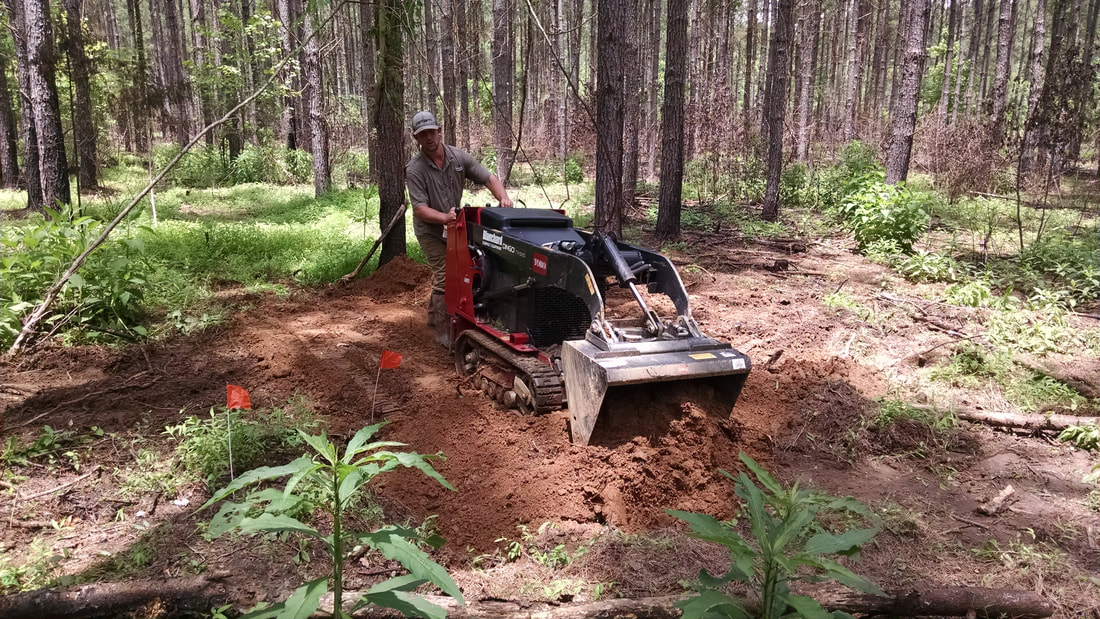

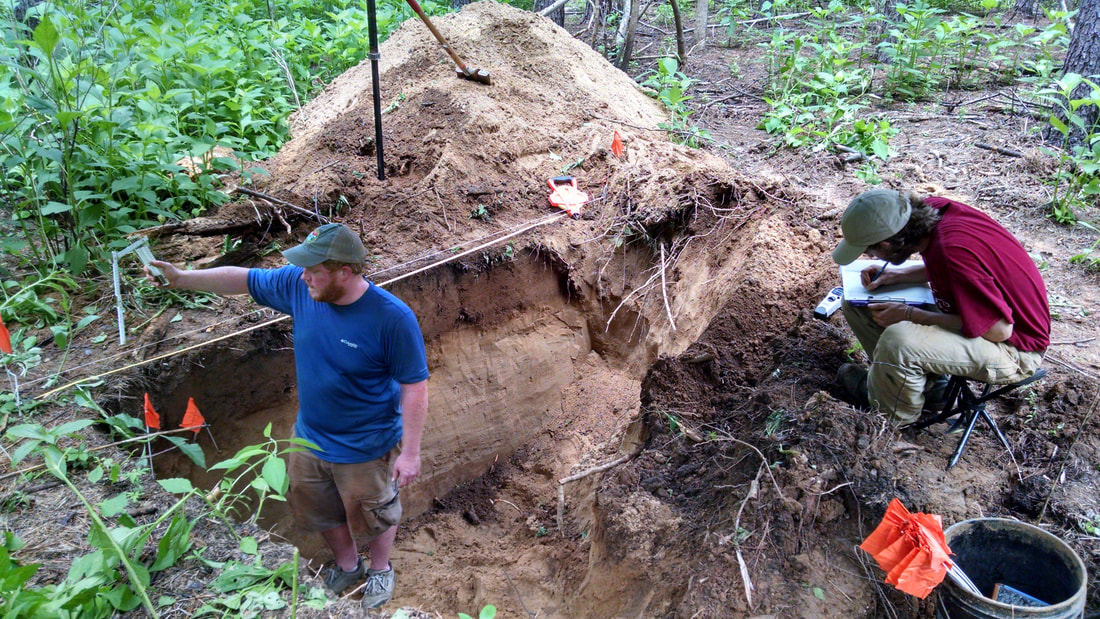
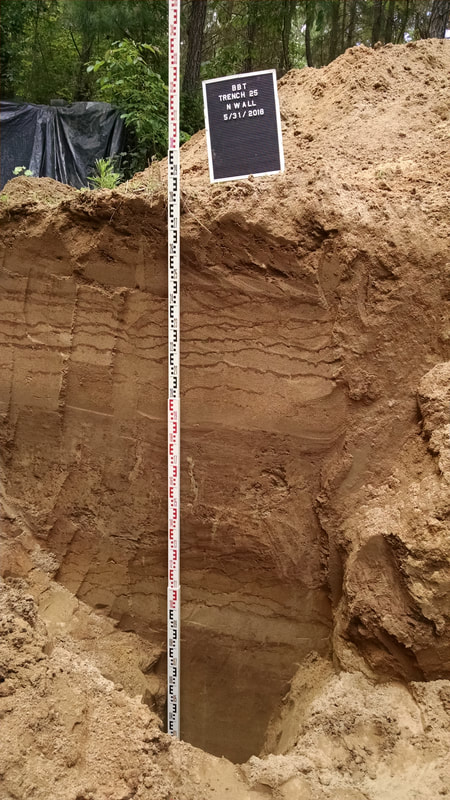
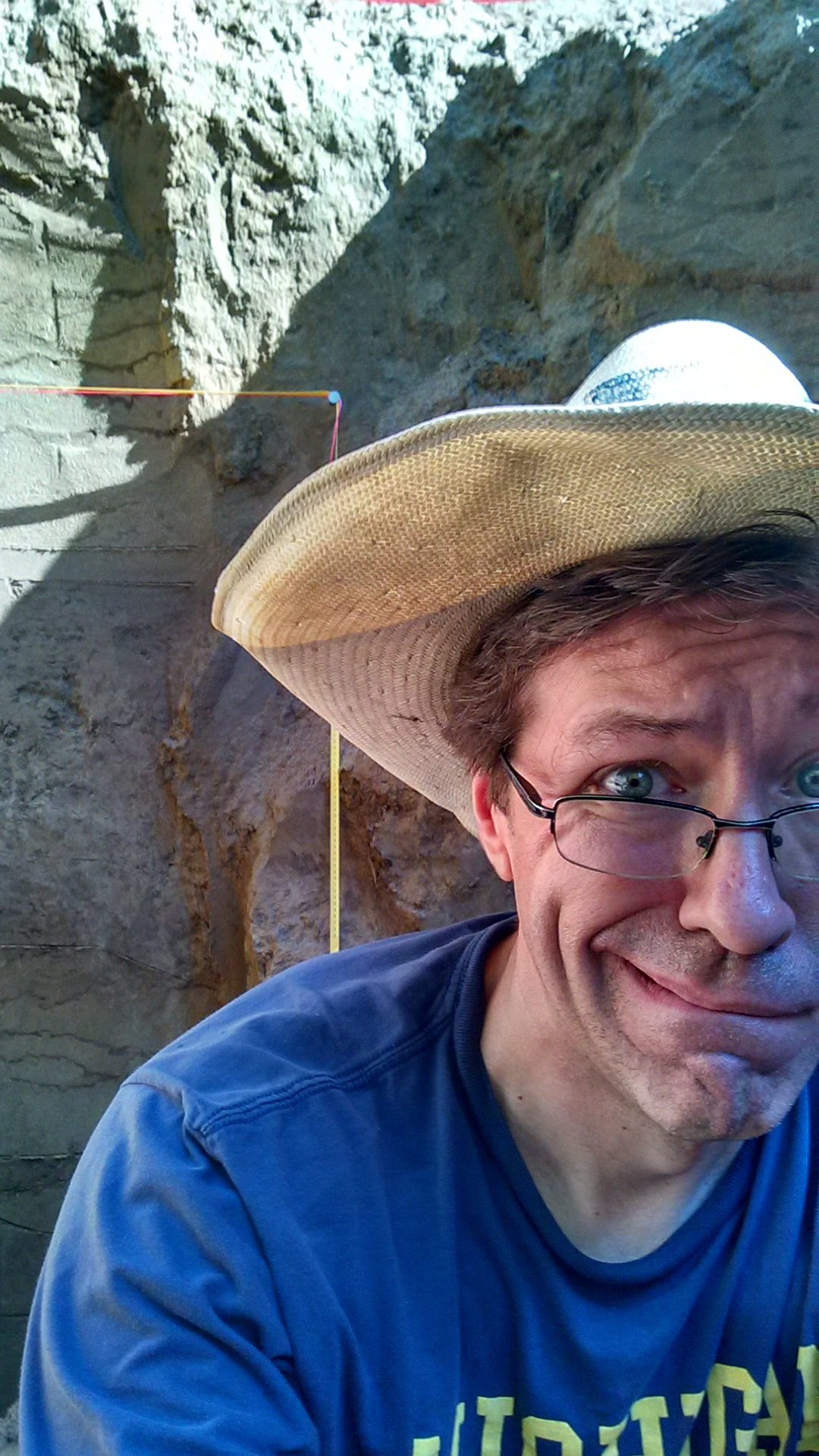
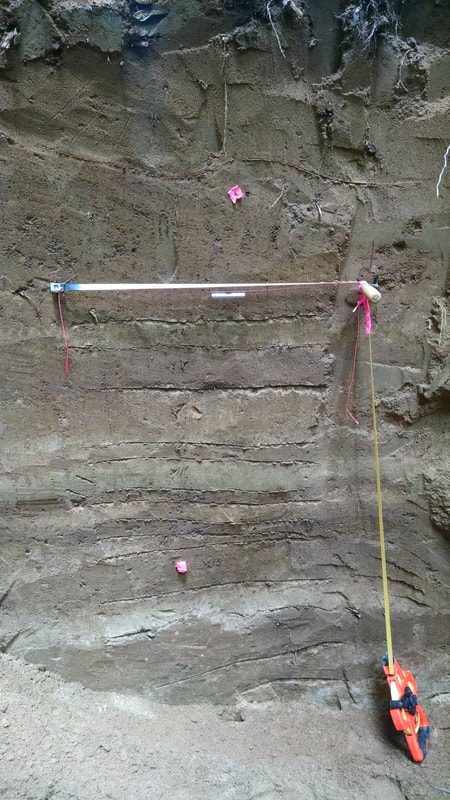
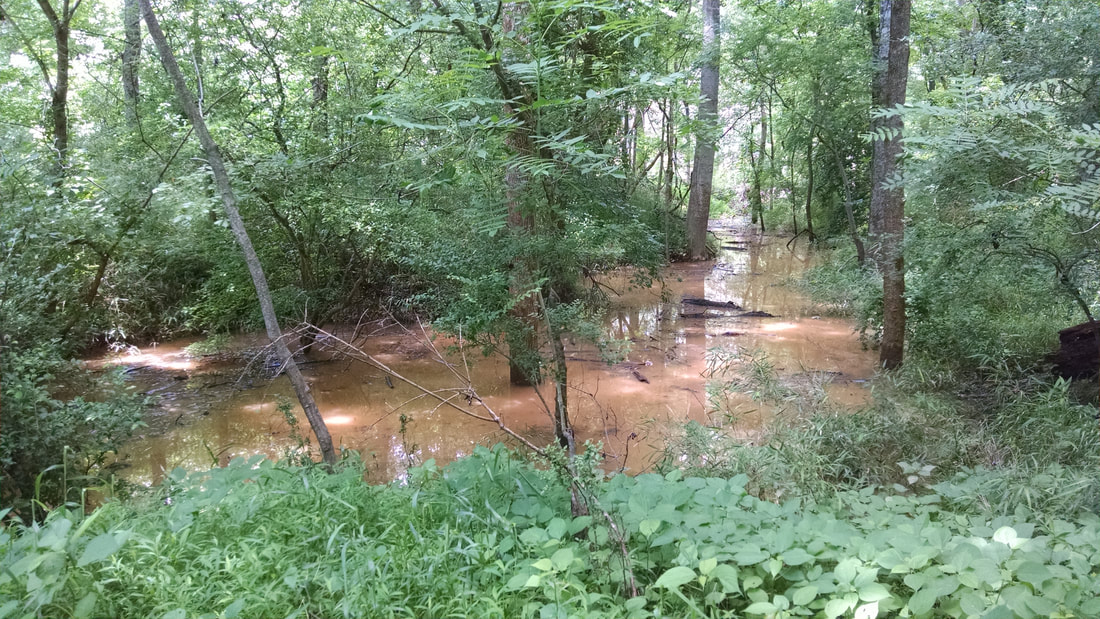
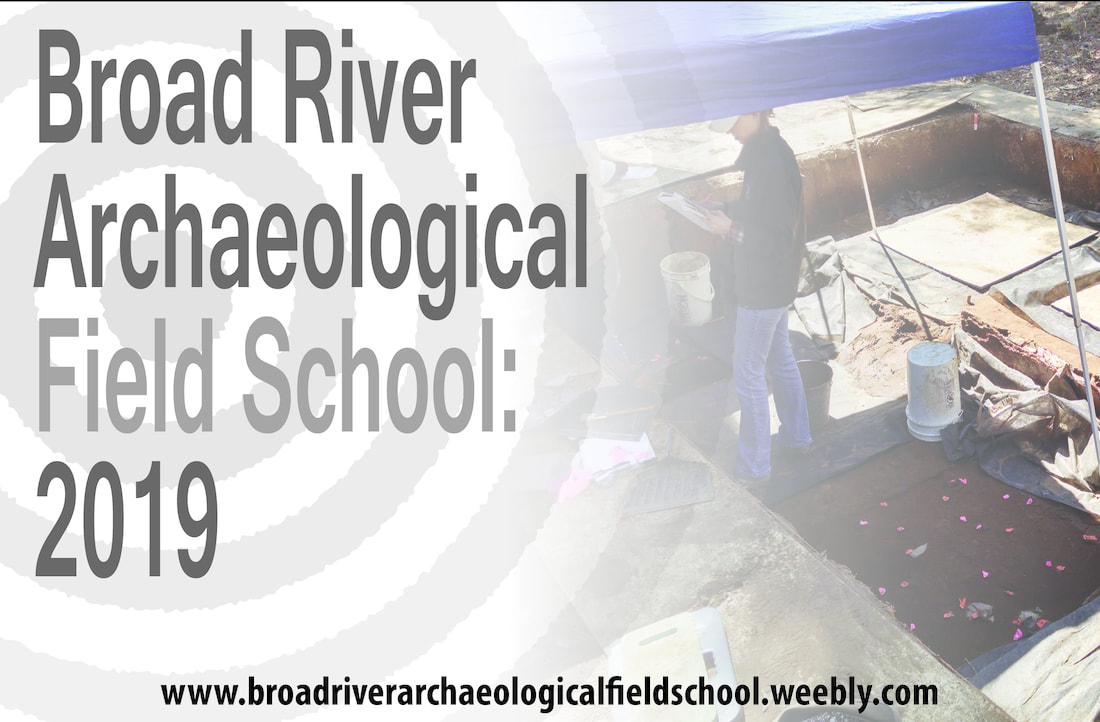

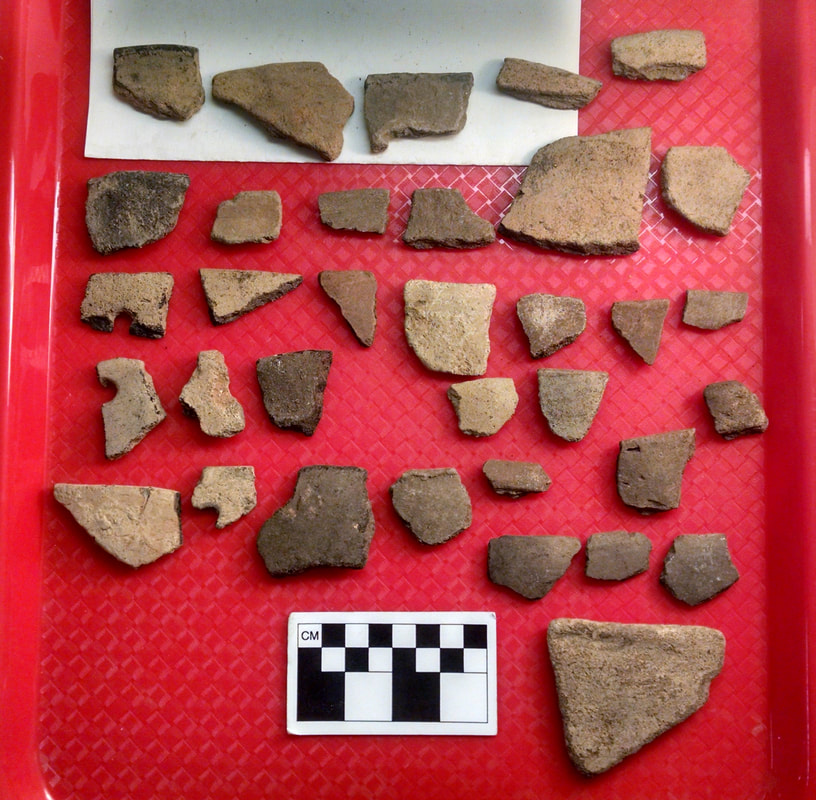
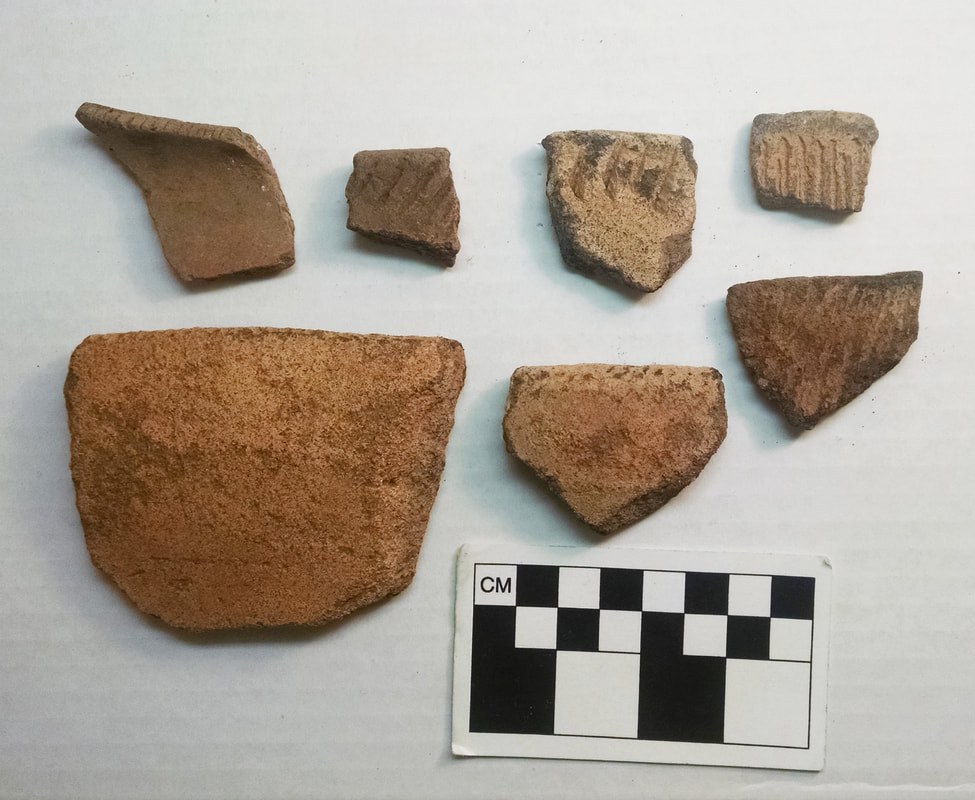
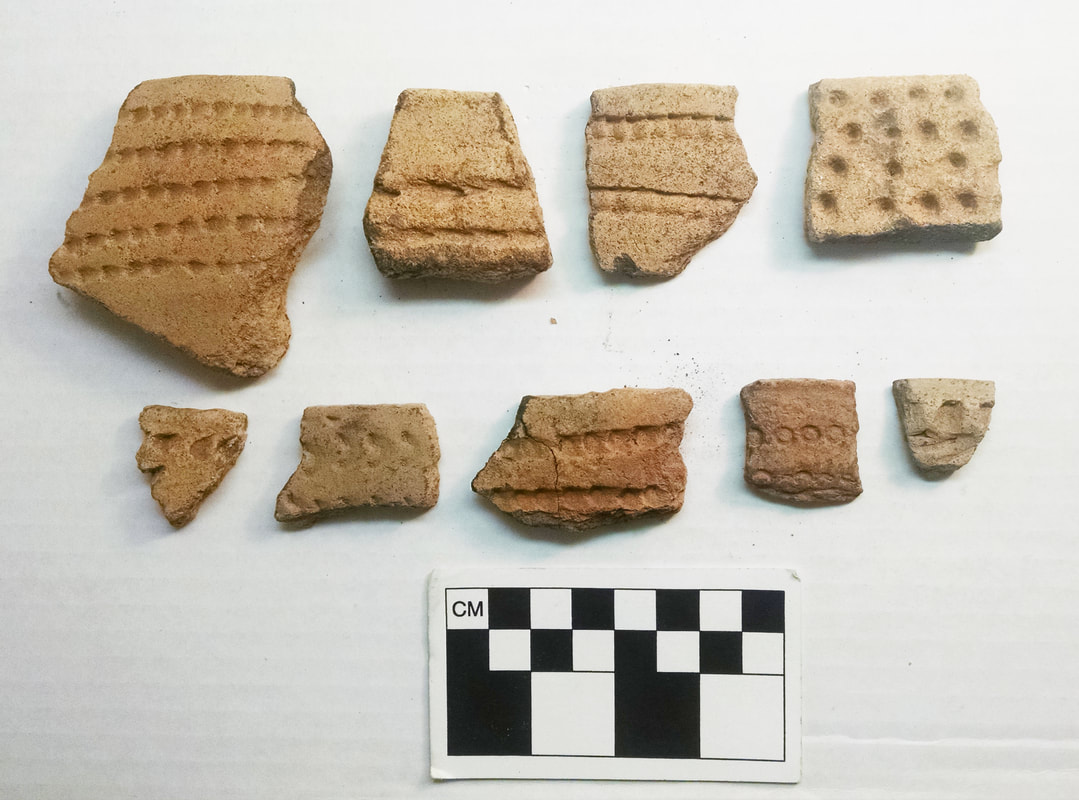
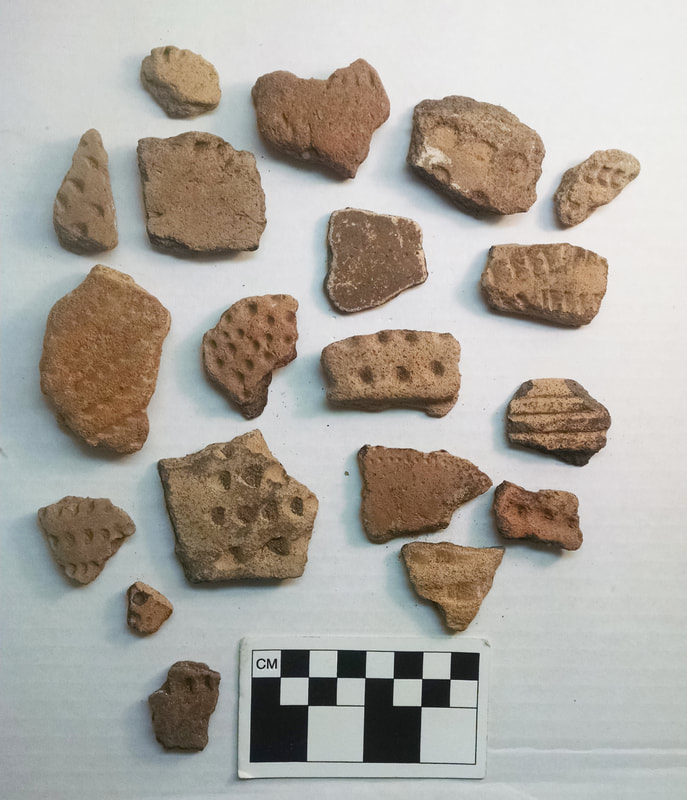
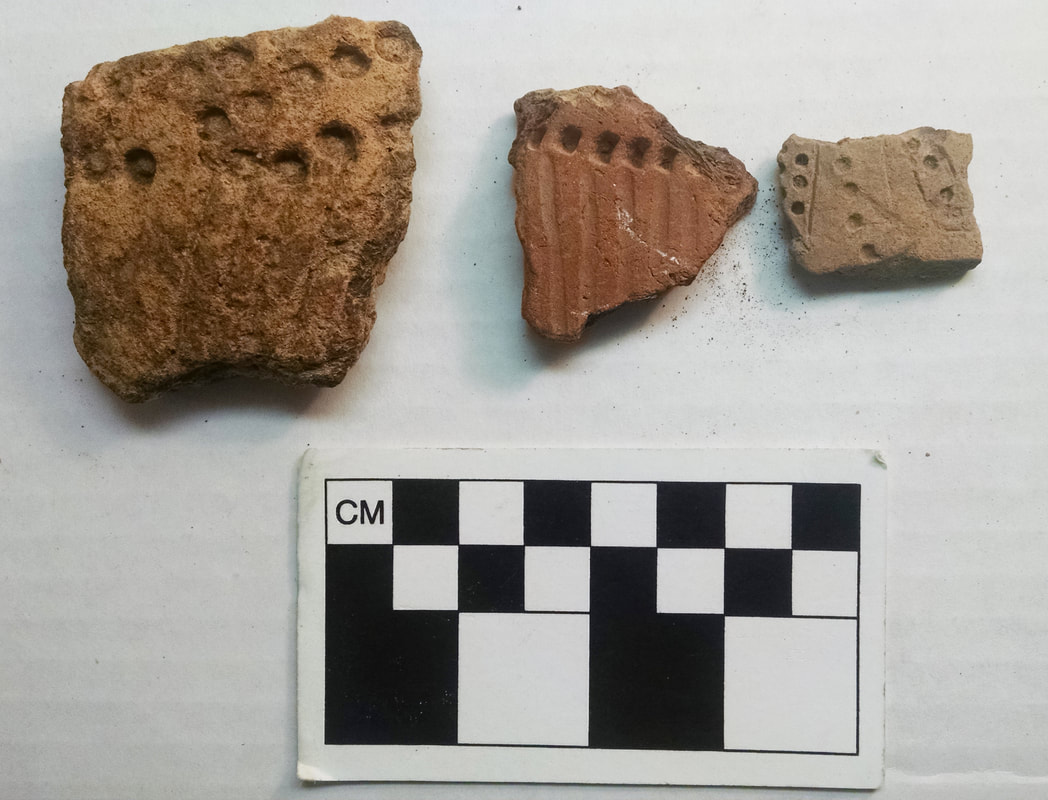
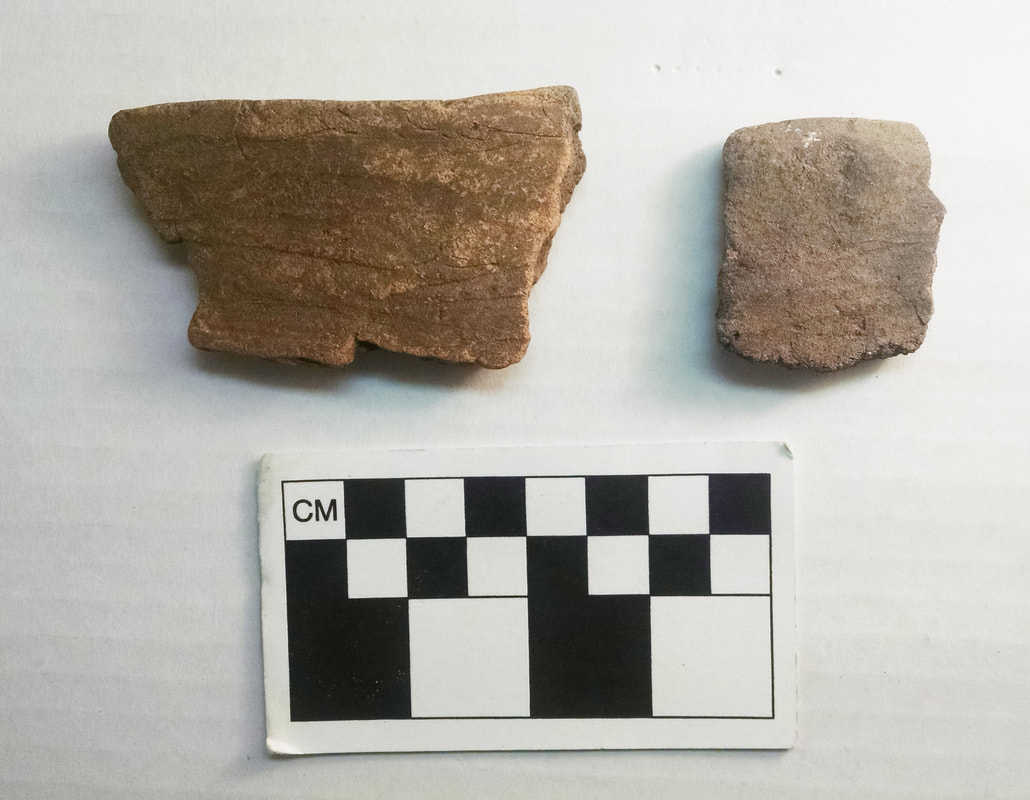
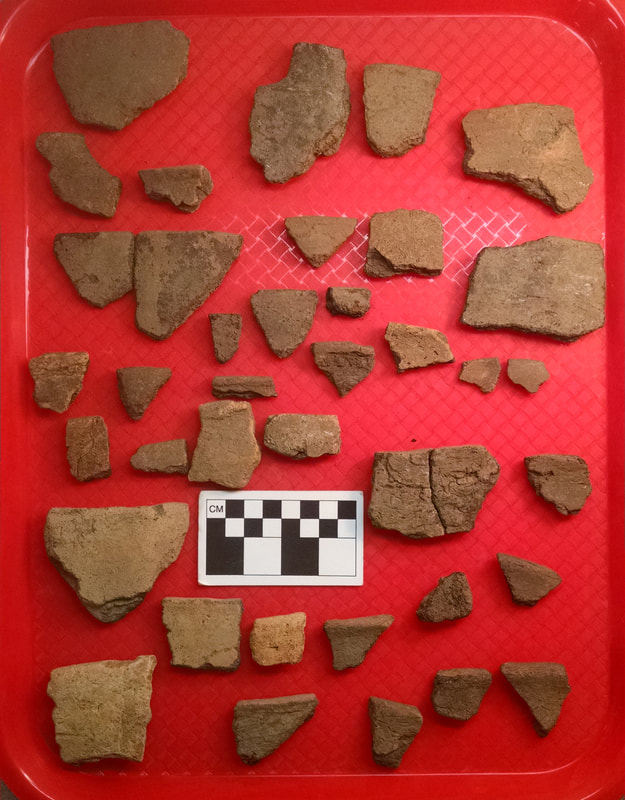
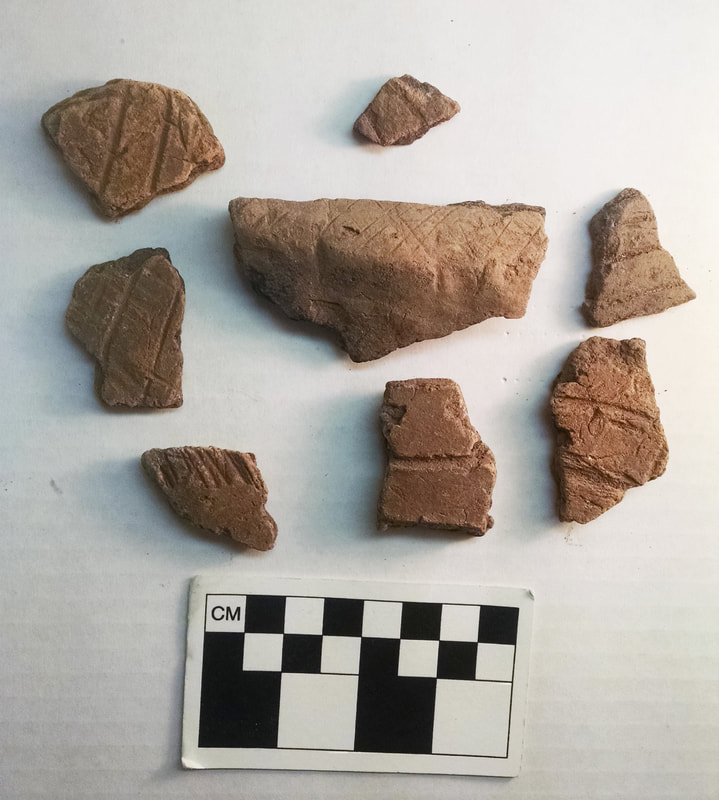
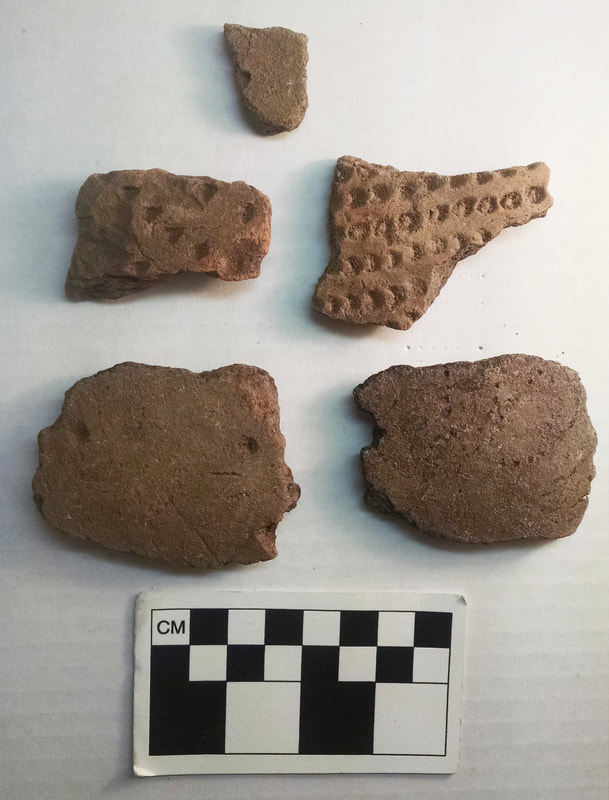
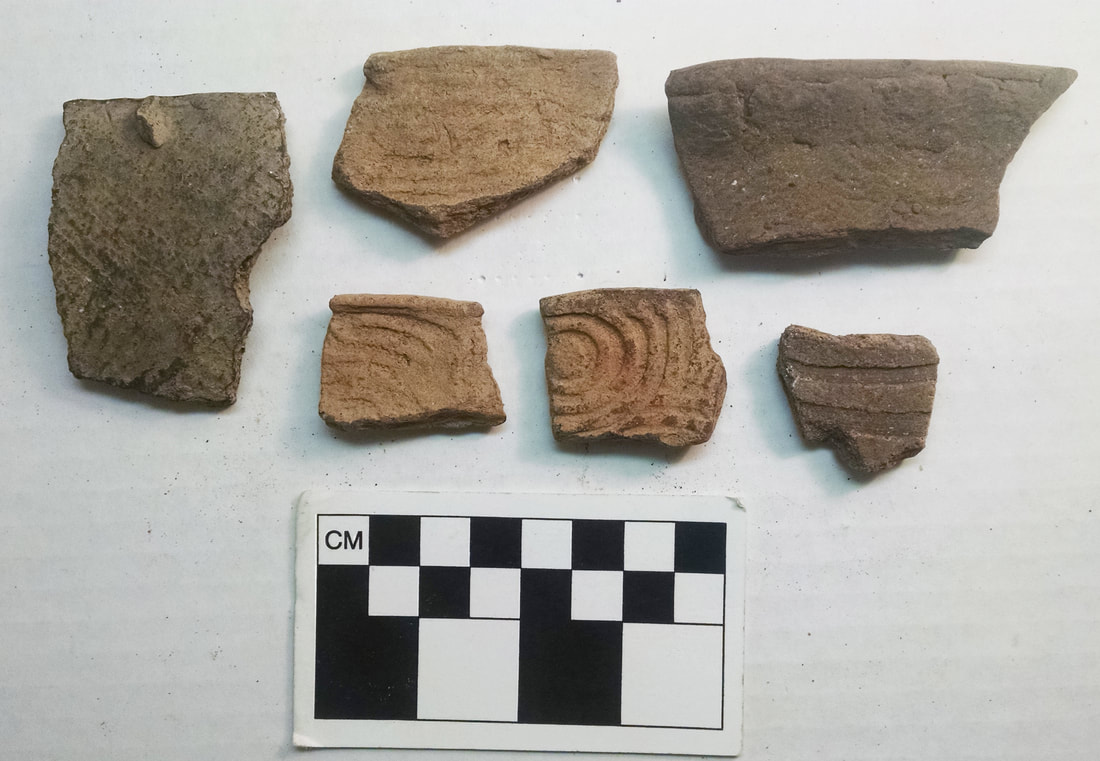
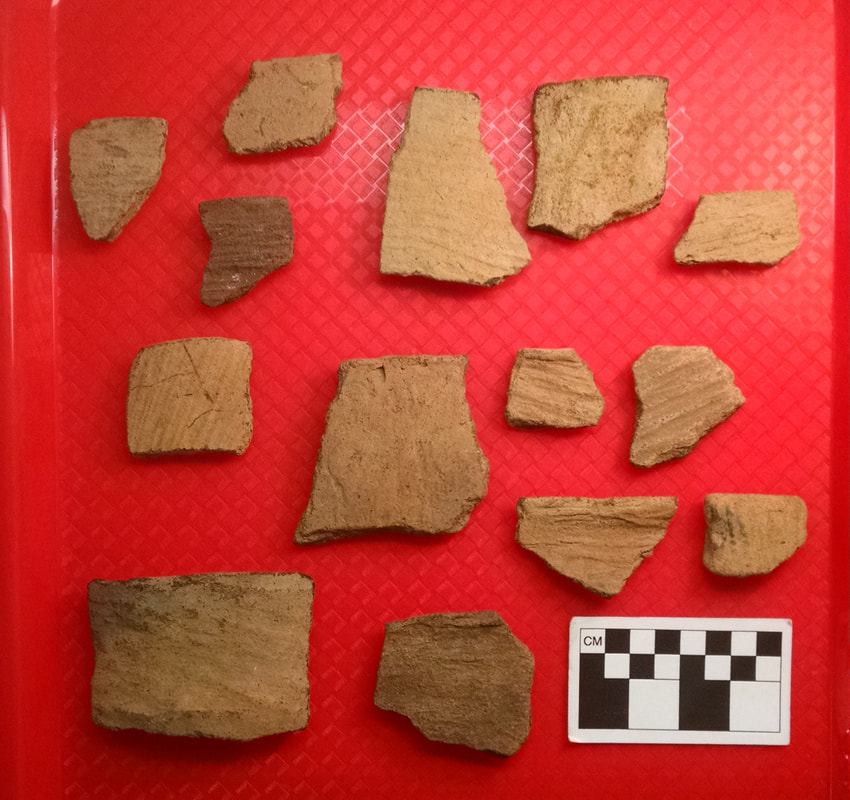
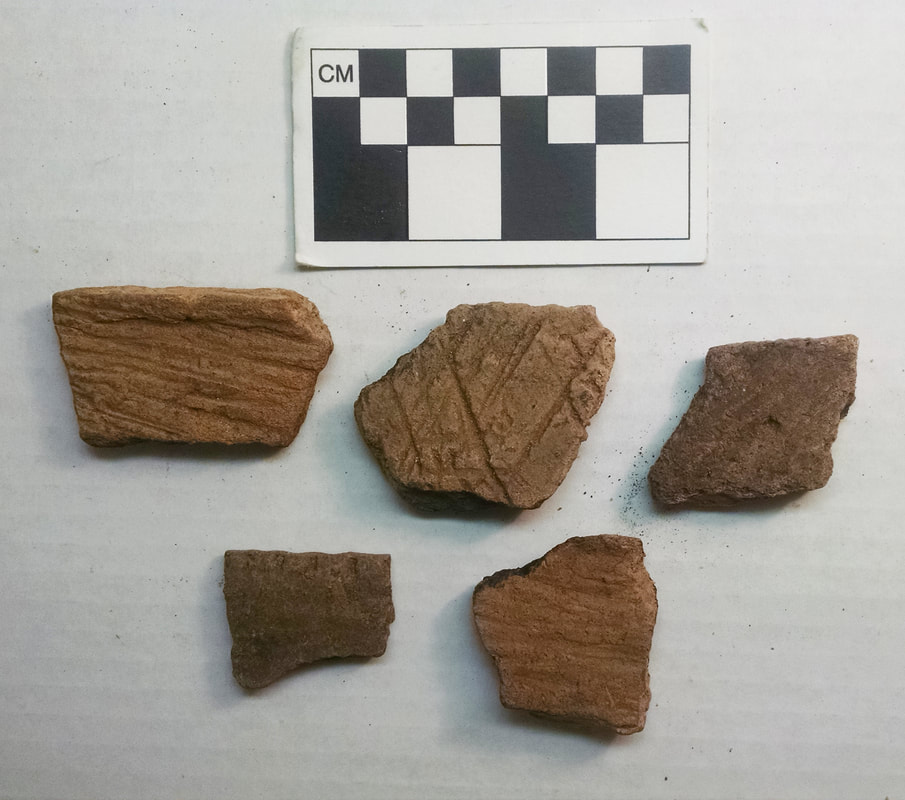
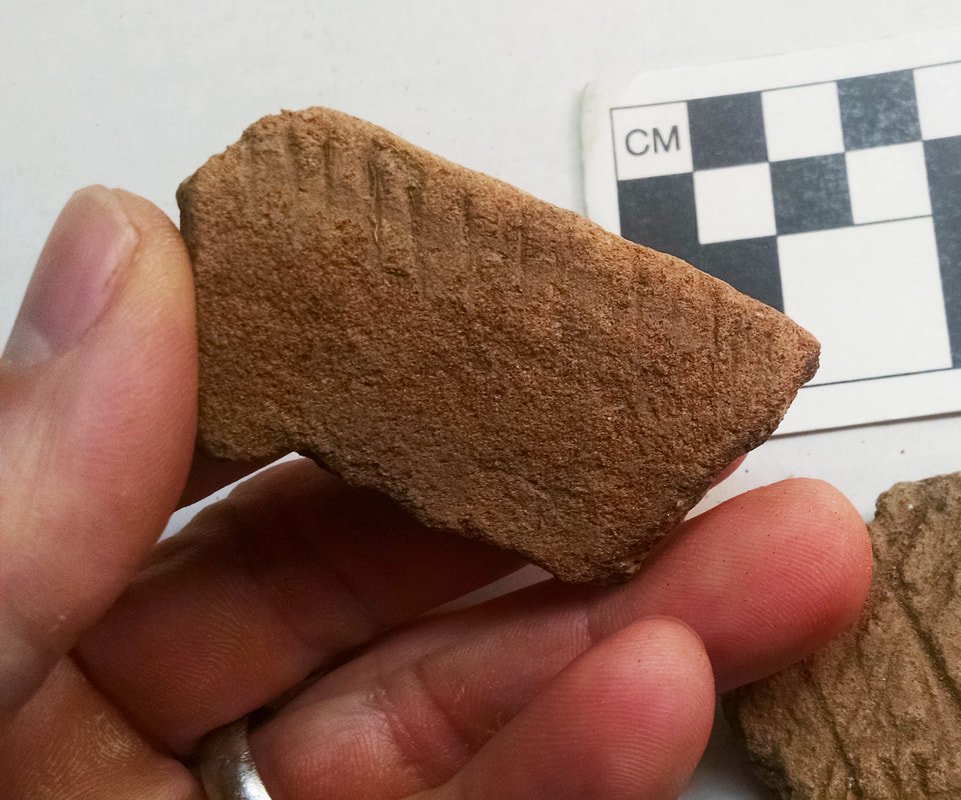
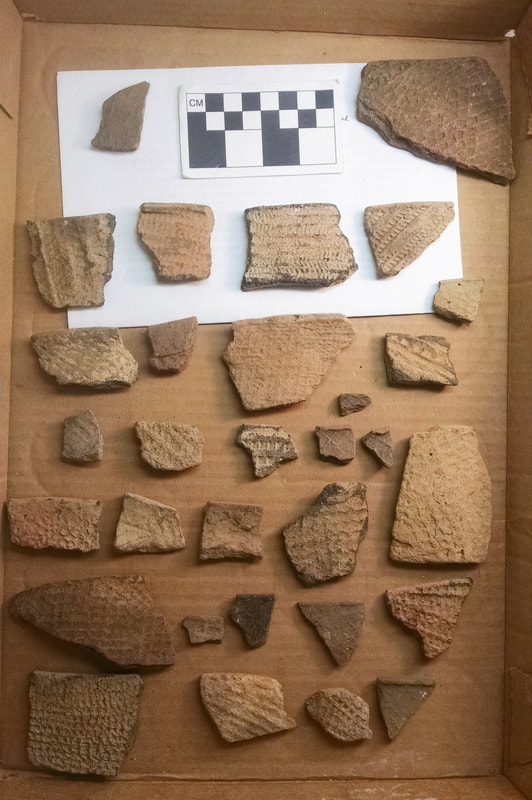
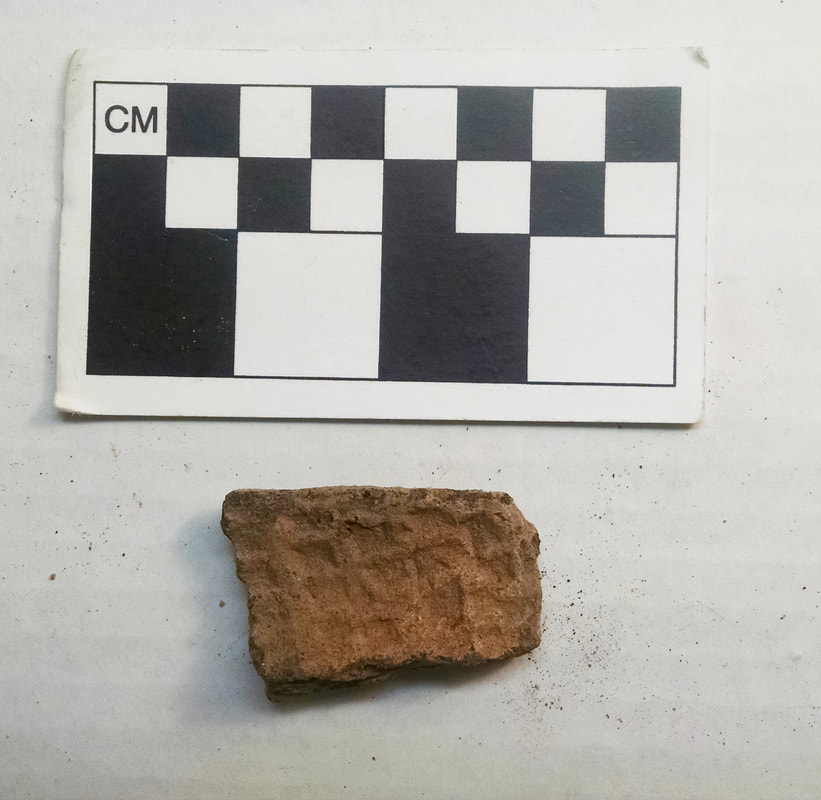
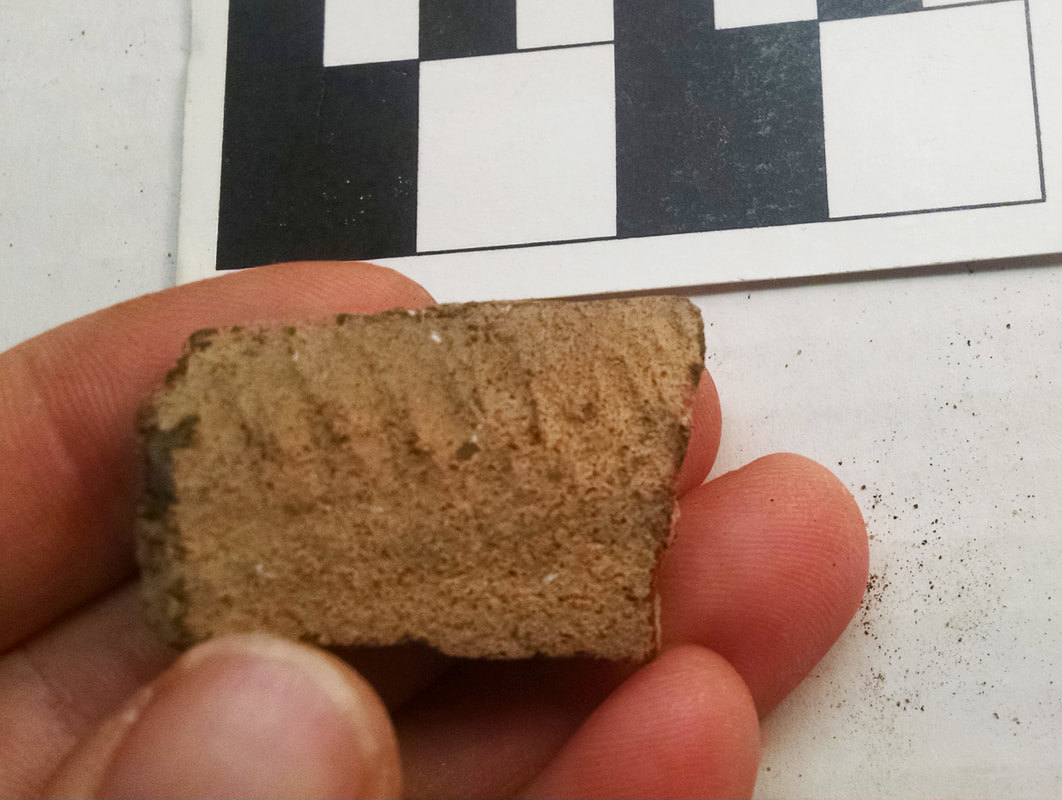
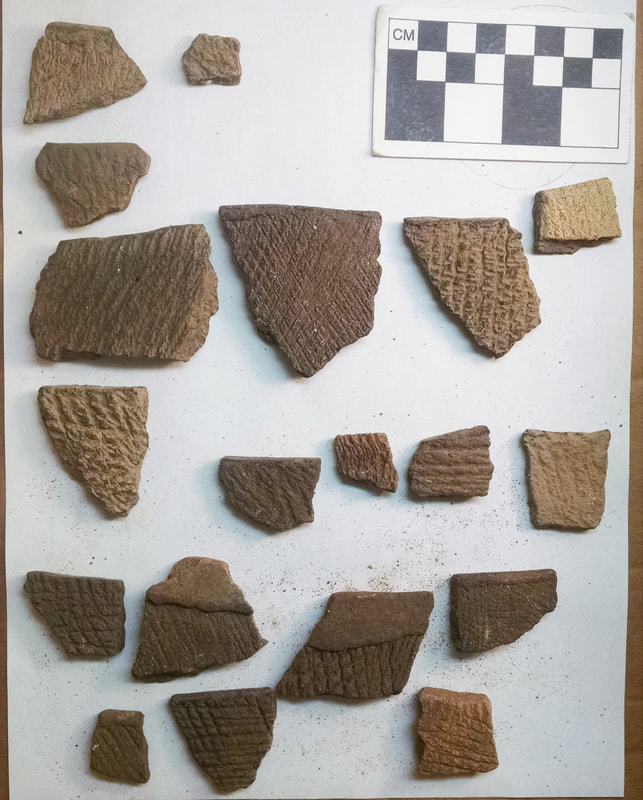
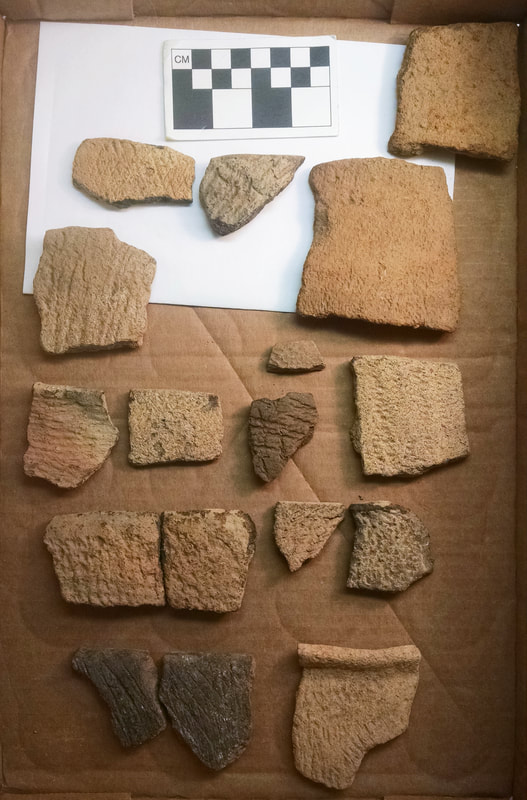


 RSS Feed
RSS Feed
